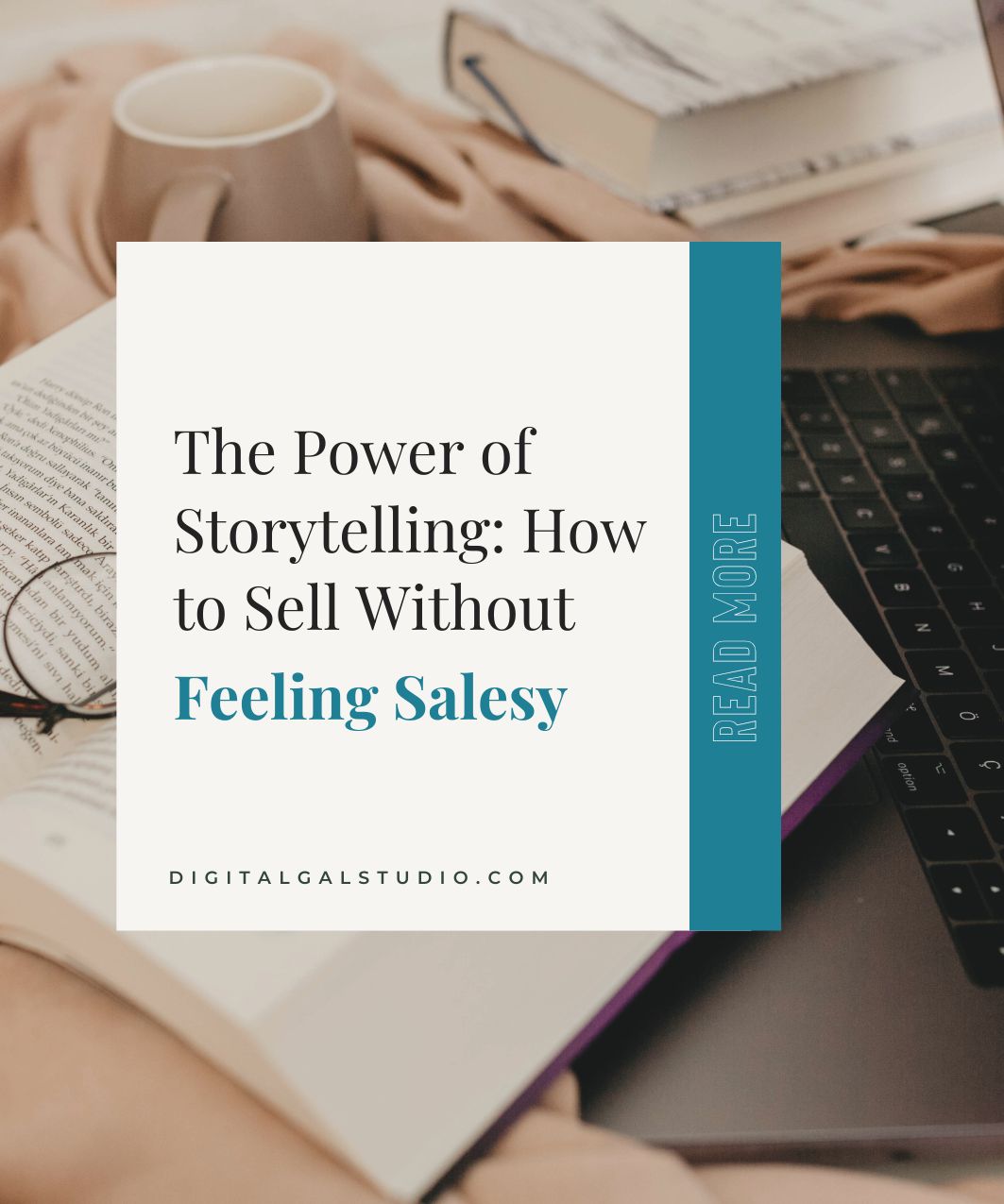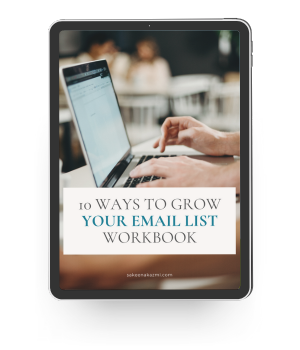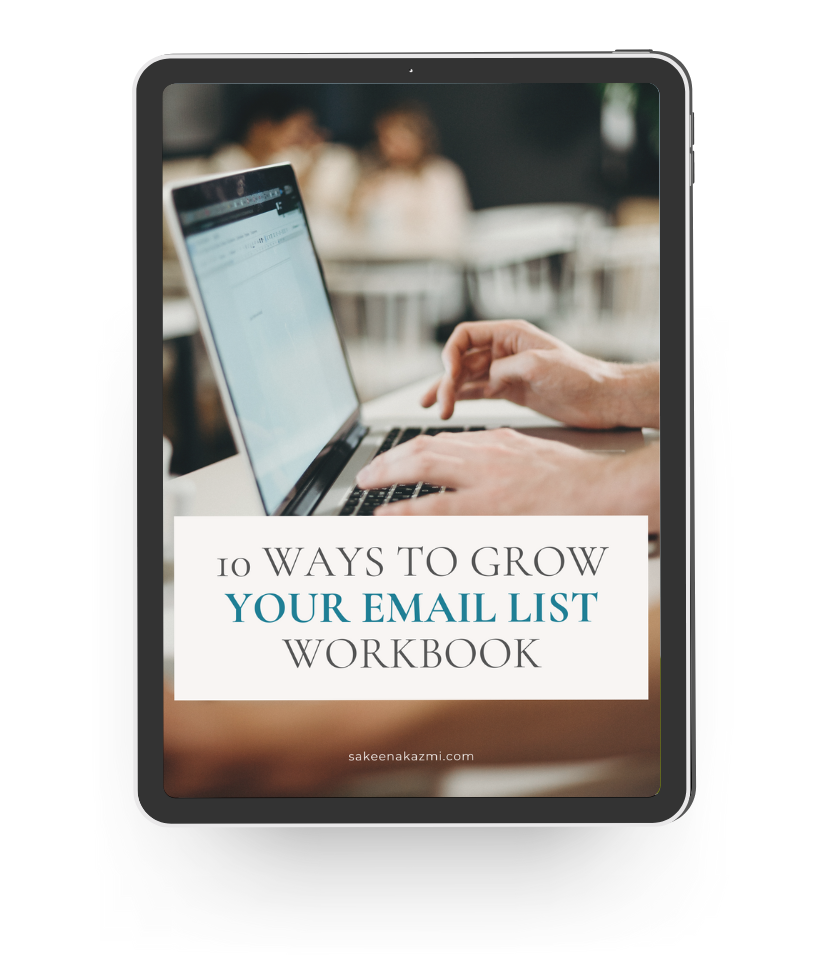The Power of Storytelling: How to Sell Without Feeling Salesy
Let’s be real—nobody likes feeling like they’re being sold to. We’ve all been there, scrolling through social media, only to be hit with yet another pushy sales pitch that makes us want to hit the ‘unfollow’ button faster than you can say “limited-time offer.”
But what if I told you there’s a way to sell that feels natural, engaging, and even enjoyable? Enter: storytelling.
Storytelling isn’t just for books and movies—it’s one of the most powerful tools in marketing and sales. People don’t just buy products or services; they buy stories, emotions, and the connection they feel with a brand. So, if you’ve been struggling with feeling “too salesy,” this one’s for you.
Why Storytelling Works in Sales
Think about the last time you bought something significant. Chances are, there was a story behind it. Maybe it was a brand that made you feel understood, a product that promised to solve a pain point in a relatable way, or even a personal recommendation from someone who shared their experience.
Here’s why storytelling is such a powerful sales tool:
It Builds Trust – People trust stories more than they trust sales pitches. A well-told story makes your audience feel connected to you and your brand.
It Evokes Emotion – Buying decisions are often emotional. When you tell a story that resonates, people remember you.
It Makes You Memorable – People might forget a statistic, but they won’t forget a great story.
It Shows, Rather Than Tells – Instead of saying, “My service is amazing,” a story lets people experience why it’s amazing.
How to Use Storytelling to Sell Without Feeling Salesy
So, how do you incorporate storytelling into your business without making it sound forced? Here are a few ways:
1. Share Your ‘Why’
Why did you start your business? What problem were you trying to solve? Sharing your personal journey creates an emotional bond with your audience and makes your brand more relatable.
*Example: Instead of saying, “I sell skincare products,” try this: “I struggled for years with sensitive skin, trying product after product that never worked. That’s why I created a skincare line designed for people just like me—because I know what it’s like to feel frustrated with breakouts and irritation.”
2. Highlight Customer Success Stories
Nothing builds credibility like real success stories. Share how your product or service transformed someone’s life or business.
*Example: “Meet Sarah. She used to spend hours every week struggling with social media content. After implementing our content strategy system, she cut that time in half and doubled her engagement.”
3. Use Relatable Everyday Scenarios
People connect with stories that mirror their own lives. Paint a picture that makes them feel like you get them.
Example: “You know that feeling when you spend hours creating a marketing plan, only for it to flop? Yeah, we’ve been there too—that’s why we created a simple, foolproof framework to make marketing easier.”
4. Show Behind-the-Scenes Moments
Your audience doesn’t just want to buy from a business; they want to connect with a real person. Share behind-the-scenes moments, challenges, or even funny mishaps.
Example: “Not every launch is perfect. On the morning of our last product drop, our website crashed for an hour. But hey, we rolled with it—and now we have a backup plan in place so it never happens again!”
Storytelling in Action: A Simple Framework
Not sure where to start? Use this simple storytelling formula:
Start with a relatable problem – “Have you ever felt overwhelmed by [problem]?”
Introduce the journey/solution – “I used to struggle with this too, until I found a way to [solution].”
End with a transformation or takeaway – “Now, I help others overcome this same struggle, and here’s how you can too!”
This framework makes it easy to share stories in a way that feels authentic and natural.
Final Thoughts: Sell with Stories, Not Sales Pitches
At the end of the day, selling isn’t about pushing products—it’s about building connections. The best brands don’t just sell; they tell stories that make people want to buy. So, next time you feel awkward about selling, take a step back and ask yourself: What’s the story behind this?
And remember—your audience doesn’t need another sales pitch. They need a story that makes them feel seen, heard, and understood.
So go ahead, tell your story. The sales will follow.
And if you want more insights like these, join my Weekly Digital Mastery Newsletter! Every Wednesday, I share practical business growth strategies, marketing tips, and storytelling techniques to help you connect, engage, and sell without feeling pushy. Let’s build a brand that speaks to your audience—one story at a time!







